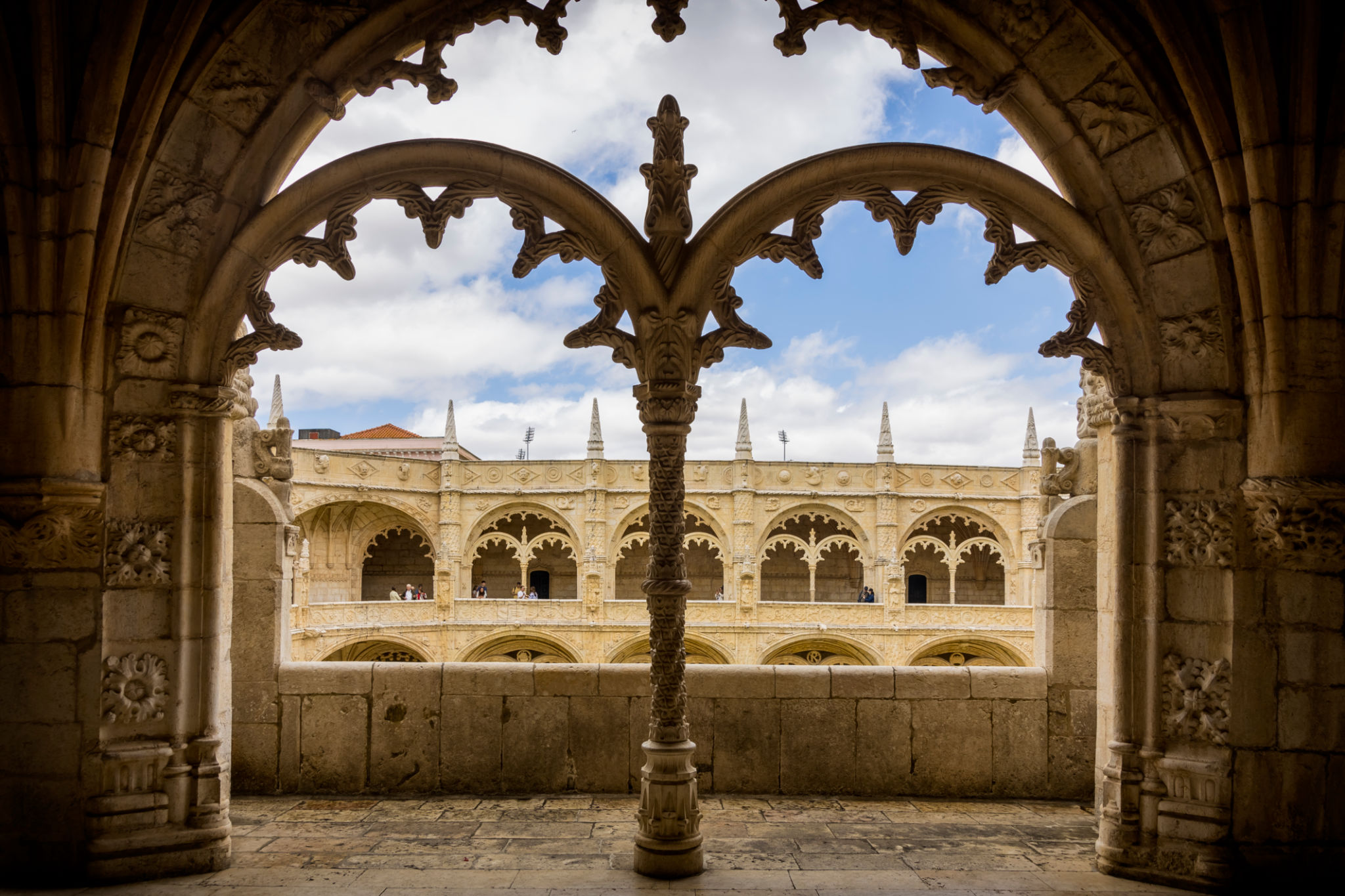How Weather Conditions in Lisboa Affect Architectural Design Choices
Introduction to Lisboa's Climate
Lisboa, the sun-kissed capital of Portugal, enjoys a Mediterranean climate characterized by mild, rainy winters and hot, dry summers. These weather conditions significantly influence the architectural design choices in the city, blending functionality with aesthetic appeal. Understanding how these factors interact is crucial for architects and urban planners working in the region.

Adapting to Summer Heat
The hot and dry summers in Lisboa necessitate architectural solutions that mitigate heat while maximizing comfort. One common approach is the use of thick walls and small windows, which help in maintaining cooler indoor temperatures. These traditional design elements are supplemented by modern technologies like solar shading devices and high-performance glazing to minimize heat gain.
Moreover, whitewashing is a popular technique employed to reflect sunlight and reduce indoor heat levels. This method not only serves a functional purpose but also contributes to the iconic appearance of Lisboa's architectural landscape, with its pristine white buildings set against the blue sky.
Winter Considerations
While winters in Lisboa are relatively mild compared to other European cities, they can still be quite damp and chilly. To address this, Lisboa's architecture often incorporates features like double-glazed windows and insulated walls. These elements help in retaining heat within buildings, ensuring a comfortable living environment during the colder months.

Additionally, the use of tiled roofs is prevalent, as they not only withstand heavy rainfall but also channel water efficiently away from building foundations. This prevents water ingress and maintains structural integrity over time, which is essential given the city's occasional heavy rains.
The Role of Natural Ventilation
Natural ventilation is another critical aspect of architectural design in Lisboa. Given the city's coastal location, harnessing sea breezes is an effective way to improve indoor air quality and cool spaces naturally. Architects often incorporate cross-ventilation techniques and strategically placed openings, such as courtyards and atriums, to optimize airflow.
Courtyards and Atriums
Courtyards and atriums serve as natural ventilation hubs, providing not only cooling but also increasing light penetration into buildings. They are a quintessential feature of traditional Portuguese architecture and continue to be integrated into modern designs for their environmental benefits.

Sustainable Materials and Practices
Sustainability is increasingly becoming a focal point in architectural design in Lisboa. The use of locally sourced materials such as cork and bamboo is encouraged due to their low environmental impact and excellent insulating properties. Additionally, green roofs and walls are gaining popularity as they contribute to energy efficiency and enhance urban biodiversity.
By combining traditional design wisdom with contemporary sustainable practices, architects in Lisboa aim to create buildings that are both beautiful and resilient to the city's unique weather conditions.
Conclusion
The interplay between Lisboa's climate and its architectural design choices highlights a deep-rooted understanding of environmental challenges and opportunities. By embracing both tradition and innovation, architects continue to shape a cityscape that is not only visually stunning but also attuned to the needs of its inhabitants.
In essence, Lisboa's architecture serves as a testament to the harmonious balance between nature and human ingenuity, reflecting a timeless synergy that continues to inspire architects worldwide.
